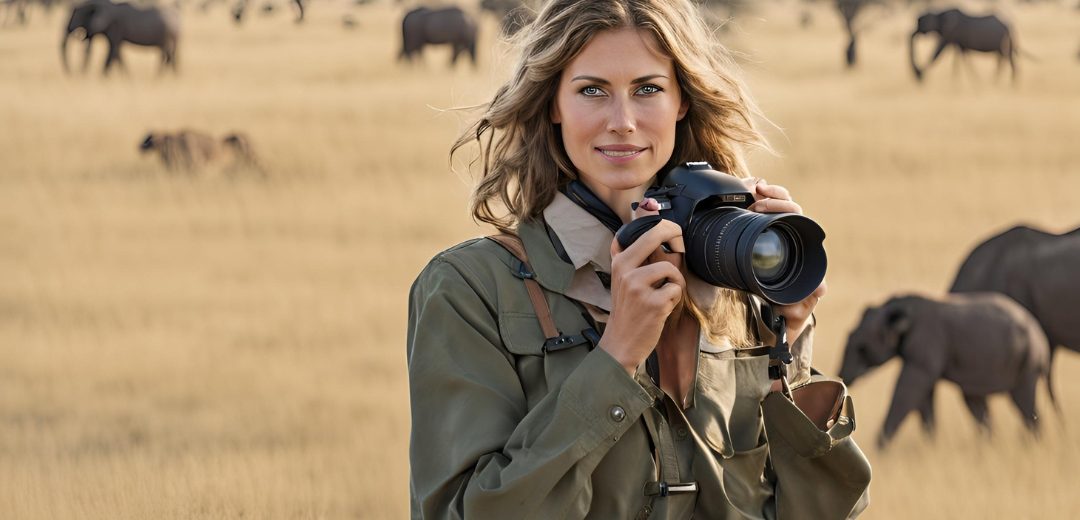
Capturing the Wild: Photography Tips for Your Surprise Safari Adventure
A safari with Surprise Adventures is more than a trip—it’s a journey into the heart of the wild, where every moment holds the potential for awe. Whether you’re witnessing a lioness on the hunt or catching a fleeting glance of a rare bird, safaris are a photographer’s paradise. But capturing the magic of the wild requires more than just a camera. Here are essential tips to help you photograph your safari adventure in a way that reflects the spontaneity and soul of your journey.
Understanding the behavior of wildlife and the rhythm of the land sets you up for success. Research animal habits and know when they’re most active—but always expect the unexpected. Some of the best shots come from unplanned moments, so keep your eyes open and your camera ready. With Surprise Adventures, nature often writes the best script.
A flexible setup is key. We recommend:
A DSLR or mirrorless camera
A telephoto lens (100–400mm) for distant wildlife
A wide-angle lens for breathtaking landscapes
Lightweight support (monopod or bean bag)
Extra batteries and memory cards (you’ll thank yourself later!)
You don’t need to carry a full studio—just gear that helps you stay agile and ready for whatever the wild delivers.
Wildlife doesn’t wait. Know your camera so you can adjust quickly:
Fast shutter speed: To freeze action, especially in a chase
Wide aperture: For beautiful background blur
Low ISO: To reduce grain, but raise it if light is low
Burst mode: For that perfect wing stretch or yawning lion
Practice before your trip so these settings become second nature.
Let your photos tell a story:
Use the rule of thirds to create balance.
Include the environment—dust clouds, silhouettes, or nearby acacia trees—to give your images a sense of place.
Pay attention to backgrounds; a clean backdrop lets your subject shine.
Every frame is a chapter in your safari story.
Don’t chase perfection. Wait for it. Animals reveal their magic on their own time. Whether it’s a herd gathering at a watering hole or a cheetah surveying the plains, the most rewarding images come when you slow down, observe, and click with intent.
Golden hour (sunrise and sunset) is a safari photographer’s dream, casting a warm glow that enhances every subject. But surprises don’t only come with soft light—midday sun or moody skies can create dramatic contrasts. Embrace all lighting conditions and let the moment guide your vision.
We’re guests in the animals’ world. Stay quiet, keep a respectful distance, and follow your guide’s instructions. The less we interfere, the more natural—and powerful—your photos will be.
After your adventure, enhance—not exaggerate—your images. Tools like Lightroom or Photoshop can help with exposure, contrast, and cropping. But remember: the goal is to showcase the wild’s raw beauty, not to mask it.
Think beyond single snapshots. Create a visual timeline—sunrise drives, interactions between species, local guides in action. Let your collection reflect the depth and spontaneity of your adventure with Surprise Adventures.
Post your photos online, start a travel blog, or design a photo book that brings your story to life. Tag @SurpriseAdventures and join a community of explorers who celebrate the wonder of the wild and the beauty of unscripted travel.
Final Thought
The perfect safari shot is not just about technical skill—it’s about presence, patience, and the joy of discovery. Let go of expectations, stay open to moments of wonder, and trust that the wild will offer up something extraordinary. With Surprise Adventures, every frame holds a story you never saw coming.
📸 Have a favorite shot from your safari? Share it in the comments and let the world see your Surprise moment!